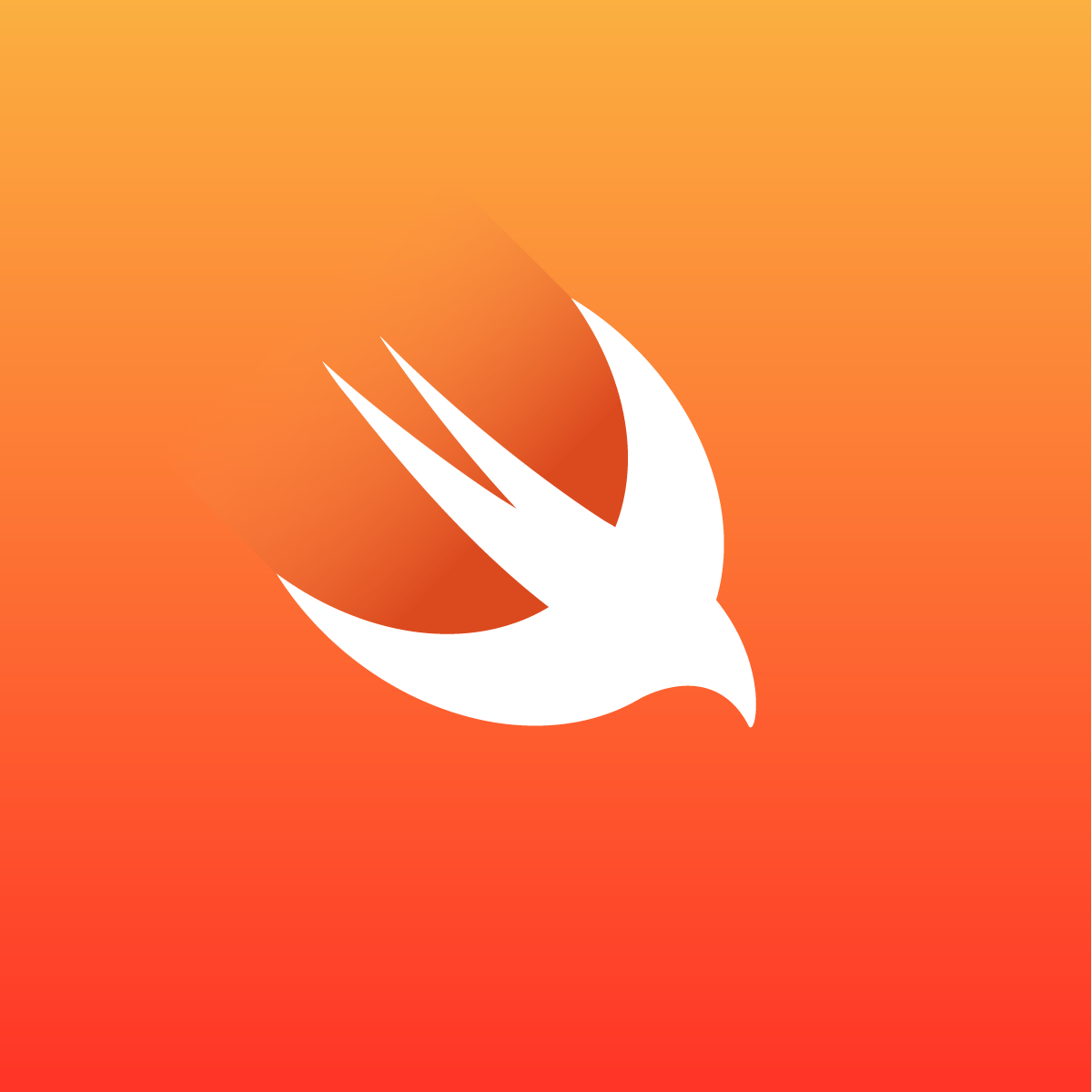- August 28, 2025
- Mins Read
A drop-in universal solution for moving text fields out of the way of the keyboard in iOS.
Introduction
There are a hundred and one proposed solutions out there for how to move UITextField and UITextView out of the way of the keyboard during editing — usually, it comes down to observing UIKeyboardWillShowNotification and UIKeyboardWillHideNotification, or implementing UITextFieldDelegate delegate methods, and adjusting the frame of the superview, or using UITableView‘s scrollToRowAtIndexPath:atScrollPosition:animated:, but most proposed solutions tend to be quite DIY, and have to be implemented for each view controller that needs it.
This is a relatively universal, drop-in solution: UIScrollView and UITableView subclasses that handle everything.
When the keyboard is about to appear, the subclass will find the subview that’s about to be edited, and adjust its frame and content offset to make sure that view is visible, with an animation to match the keyboard pop-up. When the keyboard disappears, it restores its prior size.
It should work with basically any setup, either a UITableView-based interface, or one consisting of views placed manually.
It also automatically hooks up “Next” buttons on the keyboard to switch through the text fields.
Usage
For use with UITableViewController classes, drop TPKeyboardAvoidingTableView.m and TPKeyboardAvoidingTableView.h into your project, and make your UITableView a TPKeyboardAvoidingTableView in the xib. If you’re not using a xib with your controller, I know of no easy way to make its UITableView a custom class: The path of least resistance is to create a xib for it.
For non-UITableViewControllers, drop the TPKeyboardAvoidingScrollView.m and TPKeyboardAvoidingScrollView.h source files into your project, pop a UIScrollView into your view controller’s xib, set the scroll view’s class to TPKeyboardAvoidingScrollView, and put all your controls within that scroll view. You can also create it programmatically, without using a xib – just use the TPKeyboardAvoidingScrollView as your top-level view.
To disable the automatic “Next” button functionality, change the UITextField’s return key type to anything but UIReturnKeyDefault.
Notes
These classes currently adjust the contentInset parameter to avoid content moving beneath the keyboard. This is done, as opposed to adjusting the frame, in order to work around an iOS bug that results in a jerky animation where the view jumps upwards, before settling down. In order to facilitate this workaround, the contentSize is maintained to be at least same size as the view’s frame.
GitHub
- August 27, 2025
- SwiftUI
This package provides you with an easy way to show tooltips over any SwiftUI view, since Apple does not provide ...
- August 27, 2025
- SwiftUI
- Uncategorized
SimpleToast is a simple, lightweight, flexible and easy to use library to show toasts / popup notifications inside iOS or ...
- August 27, 2025
- SwiftUI
Create Toast Views with Minimal Effort in SwiftUI Using SSToastMessage. SSToastMessage enables you to effortlessly add toast notifications, alerts, and ...



